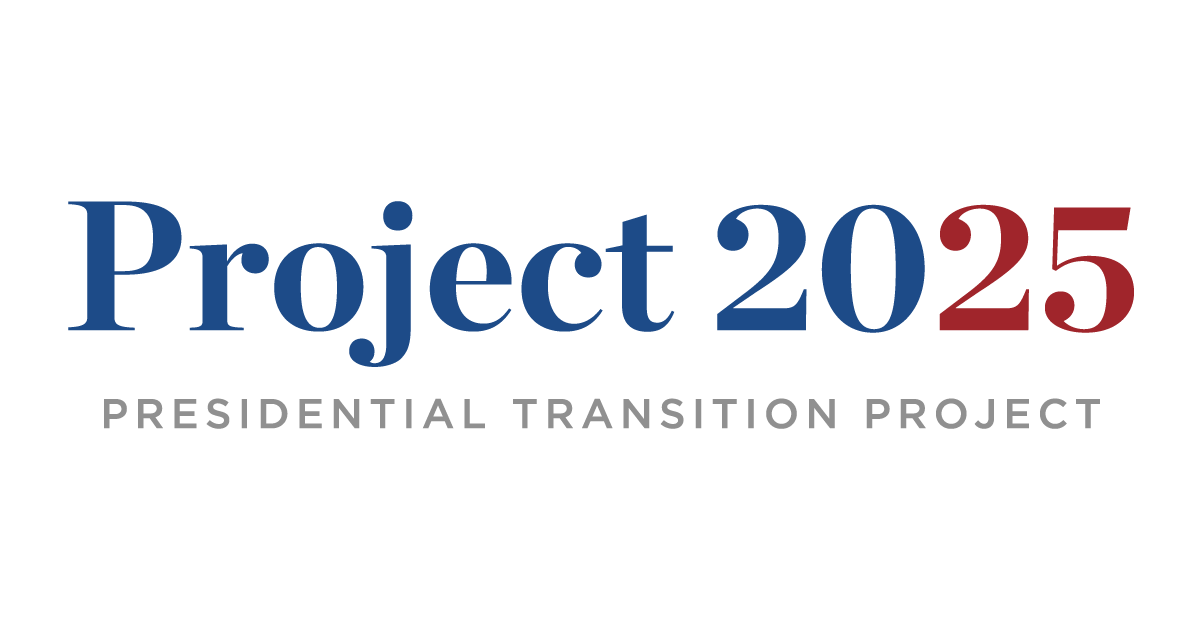How Project 2025 Could Label Political Dissent as Domestic Terrorism
Why Project 2025’s vision could reshape democracy by treating protest movements as domestic terrorism threats.
When the Heritage Foundation sends a fundraising email applauding Donald Trump’s executive order to classify “Antifa” as a domestic terrorist organization — and urging the FBI to invent a new category called “Transgender Ideology-Inspired Violent Extremism” (TIVE) — it might sound like a one-off stunt. But it is not. The email is part of a coordinated campaign, one that has already been meticulously planned out, complete with a name and a manual: Project 2025.
Far from a routine think tank proposal, Project 2025 represents a vision for a fundamental reshaping of American governance. At over 900 pages, the manual is not just a wish list of conservative policies. It is an operating system for a new presidency, one that seeks to consolidate power in the White House, dismantle guardrails that constrain executive authority, and replace nonpartisan civil servants with loyal operatives. Within such a system, labeling dissent as terrorism is not an accident or an afterthought. It is a tool — one that unlocks extraordinary powers of surveillance, prosecution, and control, generally reserved for wartime enemies.
The Heritage email’s framing of Antifa is revealing. The group is portrayed as if it were Al-Qaeda: centralized, hierarchical, and directed from above. In reality, Antifa is a diffuse protest movement with no official leadership or formal membership. Legal experts have repeatedly pointed out that U.S. law offers no mechanism for designating domestic groups as “terrorist” organizations in the way foreign entities can be designated. Trump’s 2020 order to brand Antifa a terrorist organization may have had symbolic force, but it carried no binding legal effect. And yet, Project 2025 thrives on this kind of symbolism. By blurring the line between rhetoric and precedent, it turns political theater into a foundation for legal and institutional action.
The push to create a “TIVE” category — tying transgender identity to violent extremism — is more than troubling. It shifts the focus from what people do to who they are, turning identity itself into a supposed threat. That’s a dangerous leap, and it doesn’t hold up under scrutiny. There’s no credible evidence linking transgender people to acts of violence, let alone school shootings. The real drivers of mass violence, according to major studies, are rooted in misogyny, white supremacy, and personal grievance — not gender identity.
This isn’t about public safety. It’s about politics. By painting a vulnerable community as a national security risk, Heritage turns civil rights into a pretext for extremism. That opens the door to surveillance, stigma, and government overreach — all dressed up as counterterrorism.



